Often recognized as the “Age of Heroes,” the Mycenaean civilization (1600 BCE-1100 BCE) was eternalized in the Homeric epics with indelible characters such as the imperious commander-in-chief “king of Men” Agamemnon, the “swift-footed” war hero Achilles, and the resplendent “queen among women” Helen herself. Though the personalities which represented them are part and parcel of the Western canon, the Mycenaeans themselves were famed for their engineering feats with ruins ranked among the wonders of the prehistoric world standing proudly to this day. Utilizing “Cyclopean” masonry—-so-called because only the mythical giant Cyclops race could weave the massive boulders together—the late Bronze Age powerhouse built robust reinforced bridges, massive fortification walls, and beehive-shaped tombs.
But while their building achievements are unmistakable, when it comes to extolling their other triumphs, the Mycenaeans are frustratingly mute. Though they had a writing system—-syllabic Linear B—- it was used chiefly for everyday record keeping and inventories in their heavily bureaucratic society. Alas, poetry was not among their talents given that this once-great civilization disappeared from the annals of history without recording its story. In the eighth century BCE when Homer (or the poets known as Homer) put stylus to papyrus, it has long been supposed that he recorded for posterity a time when giants roamed the earth side by side with the gods and the shining Mycenaean civilization was still dominant.
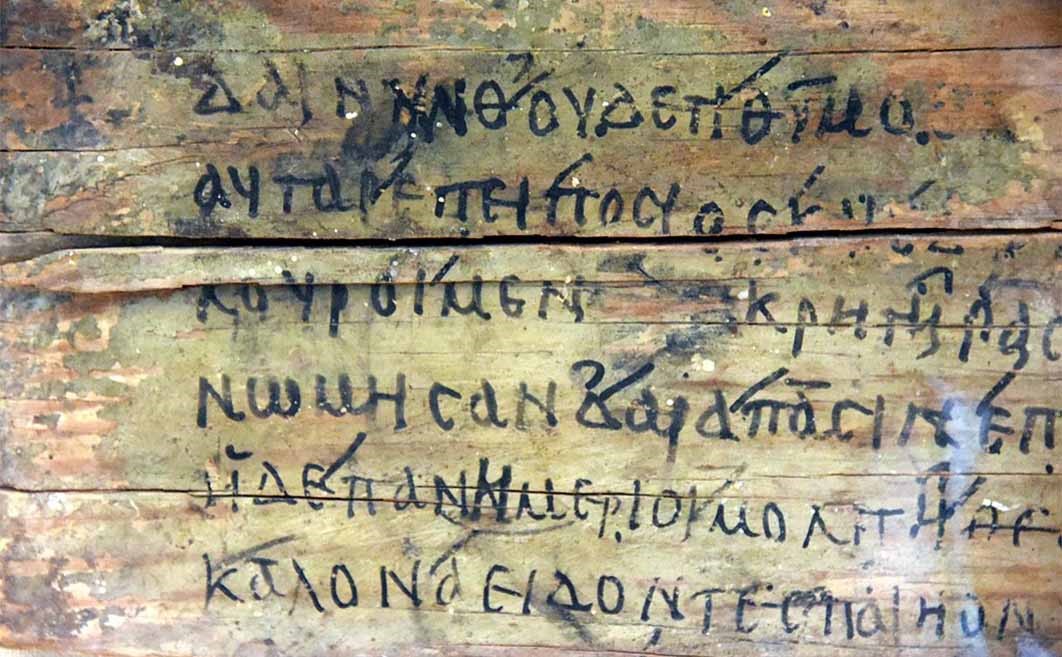
Yet a space of nearly five hundred years separates Homer’s time from the last vestiges of the late Bronze Age powerhouse. Is it appropriate to assume that the Homeric epics were reflective of the Mycenaean era exclusively? Half a millennium—five hundred years—-is no small matter. It would be as if events in a hypothetical civilization of five hundred years ago could be accurately reported by historians living today. Comprising a majority of the five hundred years that followed the Mycenaeans is an era easily glossed over by historians known disparagingly as the Greek Dark Age (1100-750 BCE). Up until recently, the Greek Dark Age has been an era that is largely dismissed by historians out of hand.
But more and more, experts are calling into question the so-called blank slate that is the supposed Greek Dark Age—-a time which would have been more recent to the memory of those living in the Archaic Period or the Iron Age of ancient Greece (750-480 BE) when the Homeric epics were composed. In fact, literary analysis conducted in the last hundred years has determined conclusively that while there are Mycenaean elements within the Homeric epics, there are elements that relate to the Greek Dark Age as well. After all two prehistoric periods preceded the composition of the Homeric epics from which the oral poets could draw. This paper examines some of the literary contradictions in the epics as they relate to the Mycenaeans, and asks how dark was the Greek Dark Age.
At this point, background on the Mycenaeans is vital to understanding their history. Known for their seafaring, hyper-militant proclivities, in the seventeenth century BCE, the Mycenaeans conquered the Greek mainland subjugating its earlier inhabitants while adopting some elements of the indigenous Mediterranean culture as their own. By fourteen hundred BCE they added the legendary Minoan island of Crete and nearby islands to their long list of conquests thus becoming the dominant power in the region. Yet their candle was brief, by the twelfth century BCE the Mycenaean civilization had already collapsed.

Though they displayed a talent for warfare, combat was just one of their aptitudes. The Mycenaeans were crackerjack engineers who were quick to make their mark by constructing urban centers and establishing a centrally organized palatial state complex within each kingdom. Additionally, they created extensive trading relationships throughout the region and developed a writing system–Linear B. Although they preceded “ancient Greece” by several hundred years, the Mycenaeans are called the “first Greeks” because they were the first to use the Indo-European Greek language. To be sure, subsequent DNA testing has revealed a common genetic heritage between today’s Greeks and their Mycenaean ancestors.
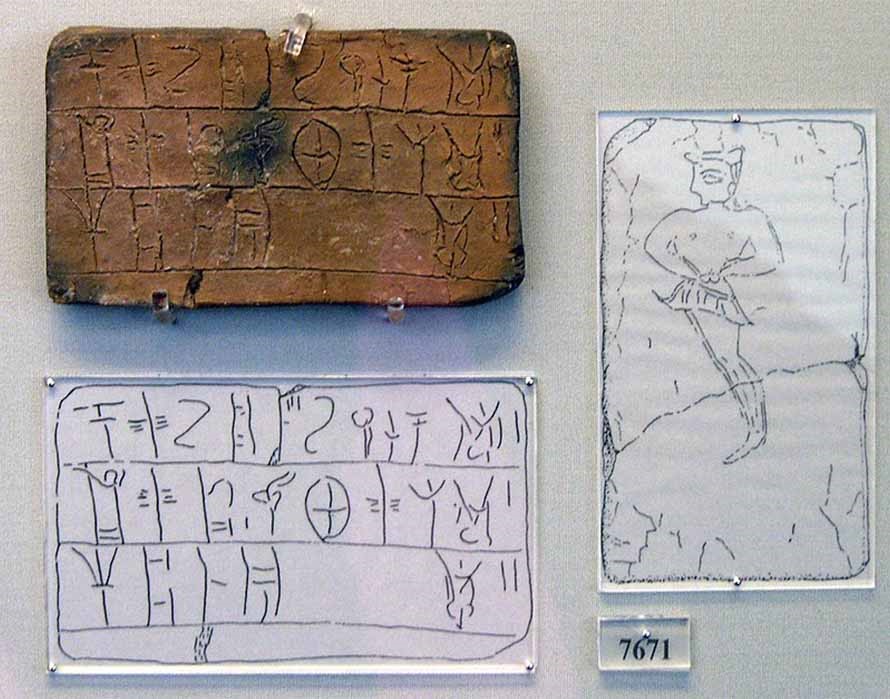
The collapse of the Mycenaeans preceded the Archaic Age of ancient Greece by nearly four-hundred years. This four-hundred-year interval is an era often referred to as the Greek Dark Age or the Submycenaean period. Not only was this period characterized by the absence of writing and the destruction and or abandonment of the great Mycenaean cities and palaces but during this time there was little if any cultural output and contact with other societies was nearly nonexistent. It has long been believed that the Dark Age is a period when little if any progress was made.

But although the early Greeks were without writing, they were not without stories. The saga of the Trojan War would have been widely known to most Greeks through oral poetry or singing and is believed to be amongst the oldest stories of humankind preceding the written word by hundreds if not thousands of years. To be sure, Homer was the beneficiary of a rich tradition of mythological and historical stories that had been passed down from countless generations of oral poets who had preceded him. Renowned Hellenist, J.V. Luce contends that the Greeks, “never gave up the art and practice of heroic song.” Epic poetry or heroic song essentially ensured the continuity of Greek civilization as it was passed down from one generation to the next. The so-called Dark Age lasted until ancient Greece became ascendent in the eighth-century BCE beginning the Archaic Age. Within a few decades, Homer is believed to have transcribed his two epic poems (the Iliad and the Odyssey) into written format.
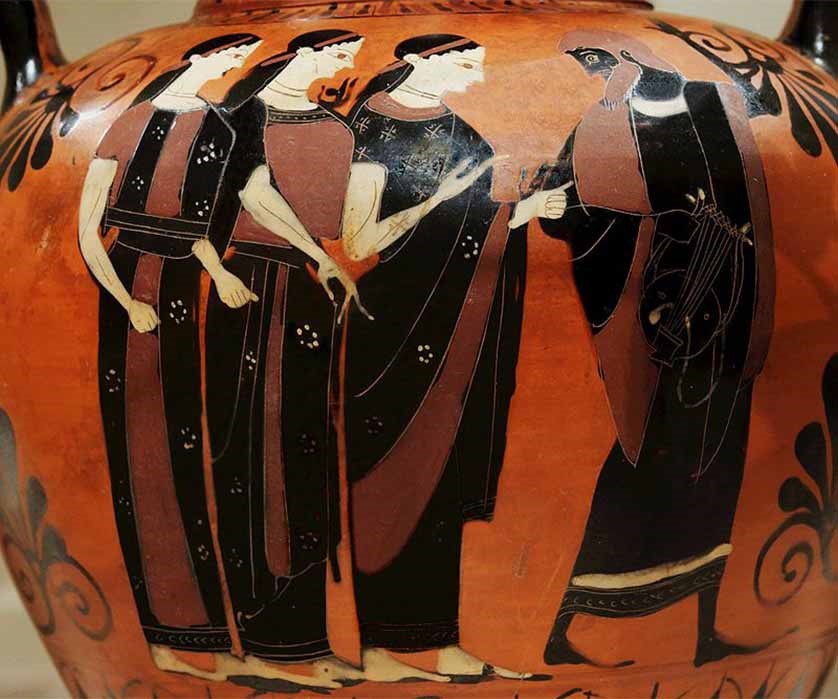
In the bones of the story, the trouble all began when Paris, Prince of Troy, judged Aphrodite, goddess of love to be the most beautiful of the Olympian goddesses. In return for choosing her, Aphrodite gifted him Helen–queen of Sparta—the most beautiful woman in the world. To the callow Paris or the feckless goddess of love herself it was of no consequence that Helen was already married to Menelaus—king of Sparta. After Helen’s notorious kidnap, Menelaus and his brother King Agamemnon of Mycenae assembled a united Greek force to descend on the citadel of Troy—a vassal state of the Hittite Empire in northwestern Anatolia (present-day Turkey). After a ten-year-long siege and countless deaths on both sides, Troy is decimated.
In a culture that defined itself by the overarching victory of the Trojan War, it is no secret that most ancients believed in the veracity of the conflict and the stories inherent in the epics. But since the ”father of history,” Herodotus himself, dated the war to eight hundred years before his writing of it in five hundred BCE—-a date which corresponds almost precisely to the archaeological record of the war—-there have been uncertainties about the Trojan War’s historicity. After all, the epics were sung by bards about gods and goddesses intervening directly in the lives of mere mortals, how historical can they be?
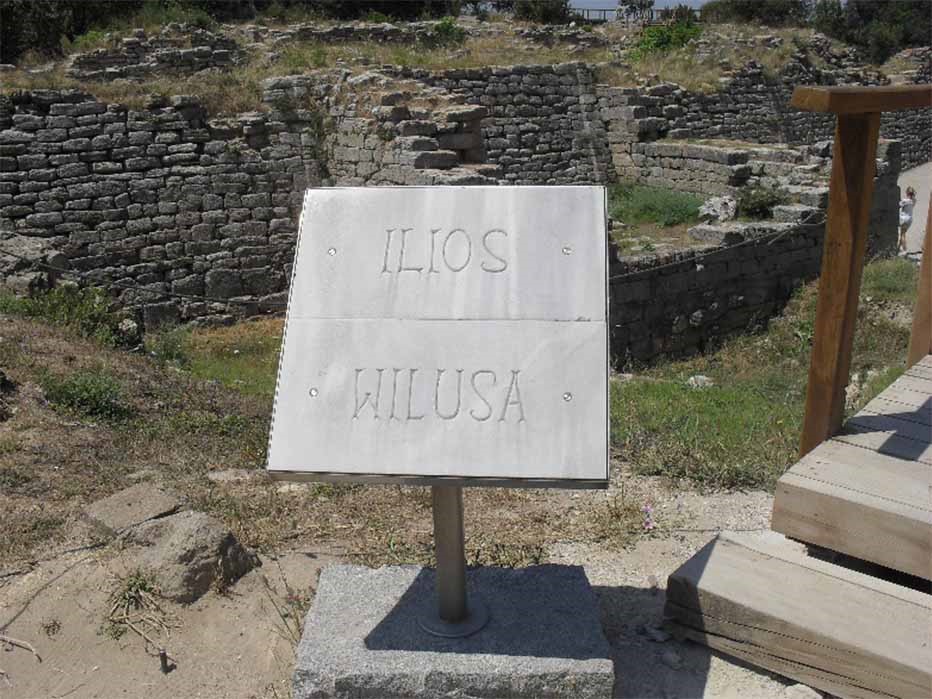
But these doubts were laid to rest after amateur archaeologist and Homeric world enthusiast Heinrich Schliemann excavated Hisarlik in present-day Turkey in the late nineteenth century determining conclusively that in the twelfth century BCE, there was a citadel named Troy as immensely powerful as Homer asserts in the epics. Moreover, Schliemann found traces of fire and weaponry in the layer which corresponds to the alleged dates of the Trojan War. Although his archaeological methods were considered crude and questionable at times, the truth is that Schliemann put paid to questions about the Trojan War’s veracity offering verifiable proof that the Trojan War was not only steeped in history but may have contributed to the collapse of the Mycenaean civilization itself.
Although the existence of the Trojan War is planted in its soil, the instruments of war and method of fighting found in the Iliad are not always indicative of the Bronze Age. Predictably, weaponry was made of bronze during the Bronze Age. Though the Mycenaeans were familiar with the metal, iron, it was slow in being introduced. In fact, it was not until the eleventh century BCE—or the beginning of the Dark Age—-that crude flat iron daggers were found in grave groups. Complex forms of weapons such as socketed spearheads and shield bosses were still made of bronze during this time.
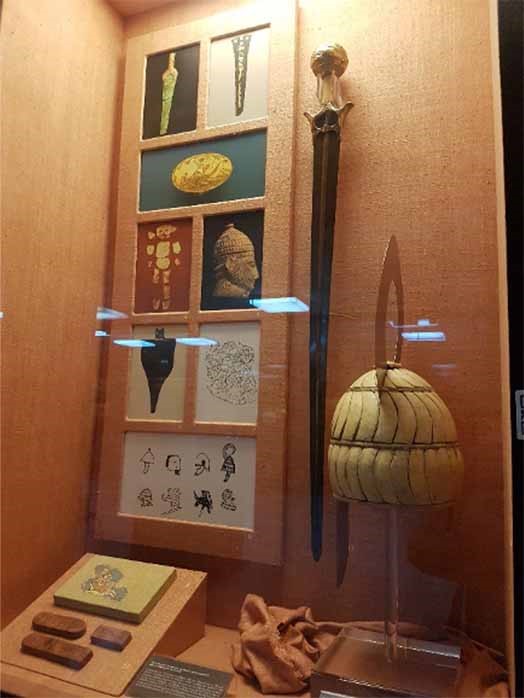
However, throughout the epics, iron is mentioned repeatedly. In Book XXIII of the Iliad during the funeral games for Patroclus, Achilles offers a lump of pig iron as a prize to the winner. “Now men come forward–compete to win this prize! An ingot big enough to keep the winner in iron for five wheeling years…” Because people had a consistent need for it, iron was considered a great prize in the epics. In his seminal paper, titled “Homer, Poet of the Dark Age,” classicist and archaeologist Oliver Dickinson, argues that the reference for a constant supply of iron would have been meaningless before 1100 BCE when few items were made of iron. However, after this time—during the Greek Dark Age and beyond—Greeks would have understood the importance of having a consistent supply of iron.
Furthermore, indicative of ironwork at the start of the Iron Age—- from the eighth-seventh century BCE—- are metal adornments mentioned in the Iliad. Ornaments such as the Gorgan face on Agagmenon’s shield in Book XI: “at the heart a boss of bulging steel and there are crown the Gorgon’s grim mask—the burning eyes, the start, transfixing horror,” and the complex metalwork on Achilles’ shield as portrayed in Book XVIII: “Hephaestus makes a great and massive shield, blazoning well-wrought emblems all across the surface…” are both suggestive of sophisticated ironwork which came later and would not have been available during the Mycenaean era or even the much later Greek Dark Age.
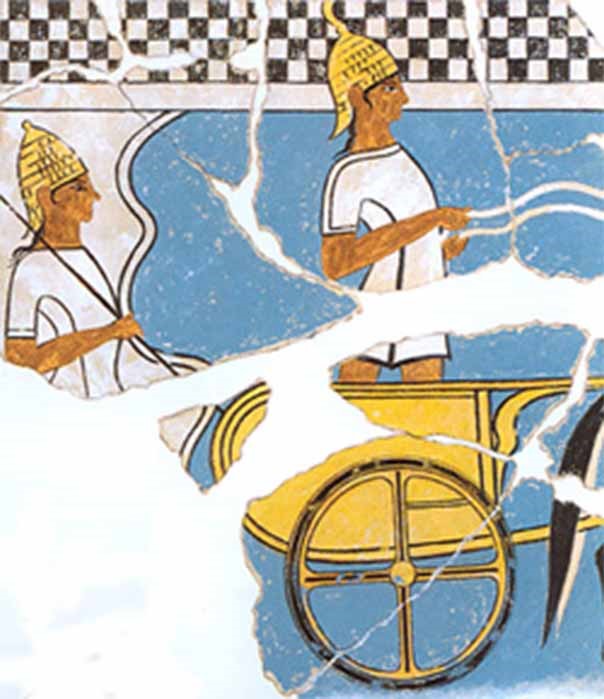
In relation to battle, often in the epics, the heroes ride to war in their chariots and then dismount to fight. In this way, the chariots are used to transport men to and from the battlefield. While this type of fighting and use of chariots is consistent with the Mycenaean era, it is also indicative of the fighting done during the Dark Age, and possibly performed as last as the eighth century BCE or the beginning of the Archaic Age of ancient Greece. Other types of fighting in the epics, such as advancing across the plain on foot and then holding their bronze shields close together—in much the way Greek hoplites did—were embellishments added by latter-day bards for the benefit of subsequent audiences. Indeed, Hoplite warfare did not begin until the eighth-seventh century BCE. Over time bards would revise the epics to update technology on the battlefield: “the poets brought the old stories up to date,” opines Hellenic world scholar, Leonard Cottrell. In order to satisfy their present-day audiences who preferred thinking their heroes fought the way they did, the bards extemporaneously amended the ever-fluid epics.

While there were countless differences in battlefield technology over the eras, the widest chasm between the Mycenaeans and the Homeric heroes is the manner in which they conveyed their dead. As is evident from numerous archaeological artifacts found throughout the region, the Mycenaeans buried their dead; they inhumed the dead in tholos tombs or round beehive structures cut into hillsides. The tombs could be quite extensive for luminaries. The most famous of these tholoi is the so-called “Treasury of Atreus” also known as the “Tomb of Agamemnon” which was excavated—yet again—by Schliemann within a few short years of his Hisarlik excavation. Referred to as “rich as gold” in the epics, when the famous shaft grave was discovered in Mycenae it yielded forty-four pounds of gold objects. It was Schliemann himself, who coined the term Mycenaean for the late Bronze Age civilization based on the monumental ruins he found in Mycenae.
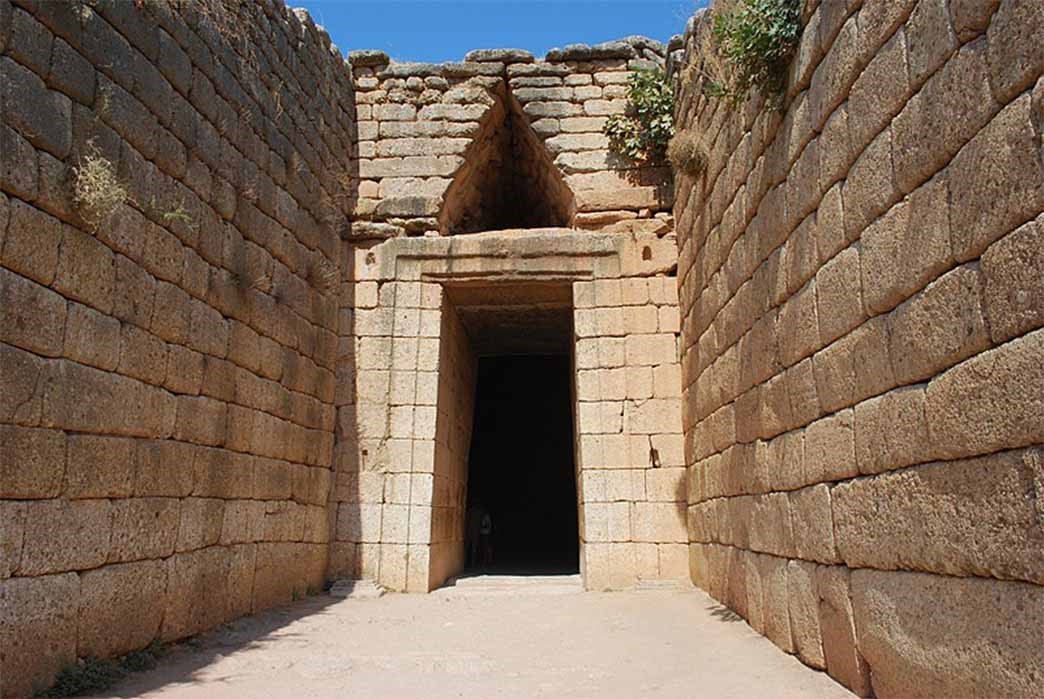
Puzzling historians throughout the ages is that while burial was the order of the day for the Mycenaeans, time and again the heroes in Homer’s world practiced cremation. How could the epics portray the Mycenaeans realistically with disparate funereal practices? In fact, with the rare exception of Athenians who chose to cremate their dead from time to time, by and large, the Greeks were known for inhuming their dead. That said, cremation was first introduced to the Western world by the Greeks at the height of the Dark Age or the Submyceanean period in around one thousand BCE. This was a time, more than any other period in Greek history when the Greeks were known to cremate their dead.
Indeed, cremation was practiced extensively in the best-known archaeological site from the Dark Age in the site of Lefkandi on the Greek island of Euboea. In fact, Lefkandi argues against the notion of the Dark Age entirely since it appears to have flourished during the twelfth-eighth century BCE. Closely corresponding with the detailed cremation rituals demonstrated in the Iliad, cremated remains were found in intricately designed amphoras buried alongside treasured weapons for those prominent members of their society. Just as in the epics, animals had been sacrificed in the cremation rites, but animals may not have been the only ones sacrificed.
Indeed there are darker elements beyond a fiery finale for the dead. In the elaborate ceremony leading up to Patroclus’s cremation, Achilles offers up “splendid victims” on the funereal pyre that were not only animals but humans as well. Achilles howls: “Farewell, Patroclus, even there in the House of Death! All that I promised once I have performed at last. Here are twelve brave sons of the proud Trojans—all, the fire that feeds on you devours them all.” While ancient Greeks often reported the practice of human sacrifice in their past, traditionally most historians have dismissed their accounts as ancient hyperbole. Recently, however, archaeological evidence has been uncovered which supports that human sacrifice was practiced in the Greek world during the Dark Age from as far afield as Arcadia in the central Peloponnese to Eleftherna by Mount Ida in Crete.
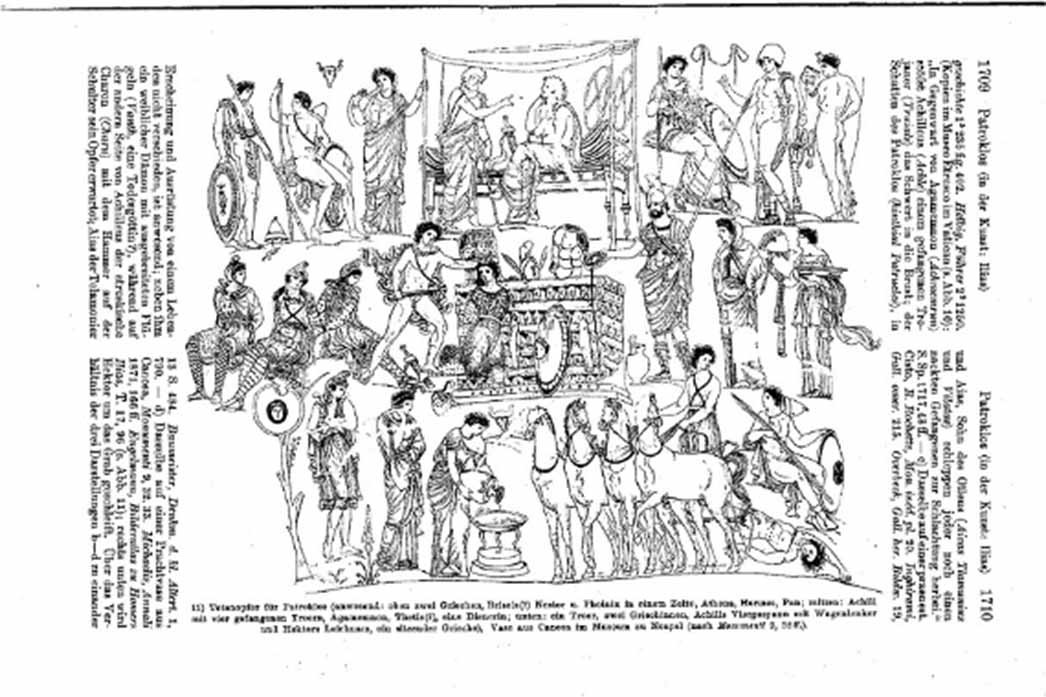
Experts believe that the practice of human sacrifice represents a breakdown in society brought about by some of the same conditions which took down the Mycenaeans. So it is not coincidental that cataclysmic events such as invasions, internal strife, scarcity, drought, famine, plague, and a series of natural disasters that destroyed a once great civilization helped effectuate human sacrifice in the Dark Age when these same conditions persisted.
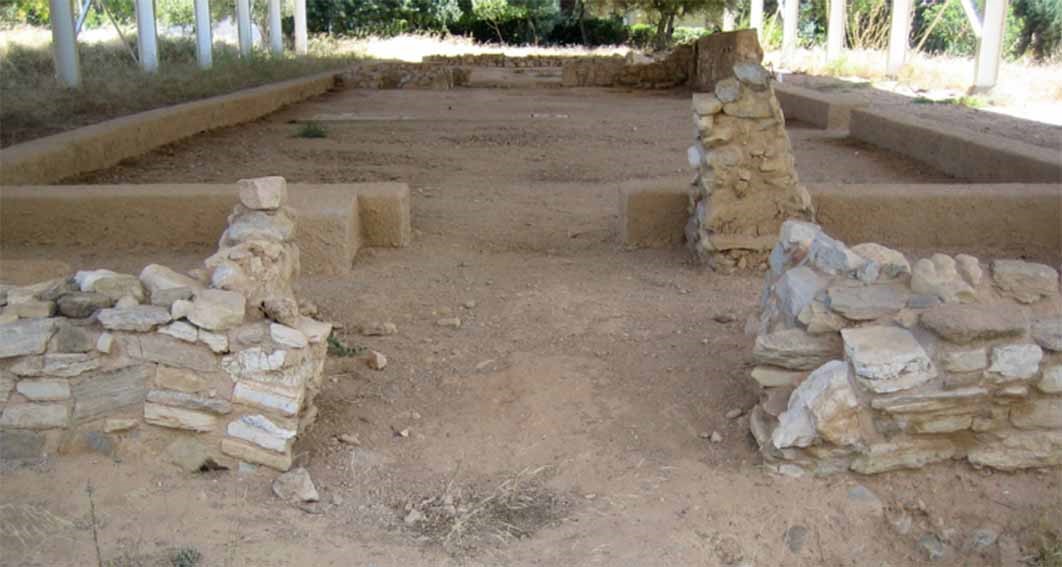
Dwelling in mud huts under the colossal shadow of the Mycenaeans, it was the people of the Dark Age who coined the term the “Age of Heroes” for the larger-than-life personas who preceded them. But were the Submyceaean Greeks as backward as many historians throughout the ages have drawn them to be? Although they left no monumental marvels in their wake, this unsung civilization laid the groundwork for the advancements which helped make ancient Greece acclaimed worldwide.
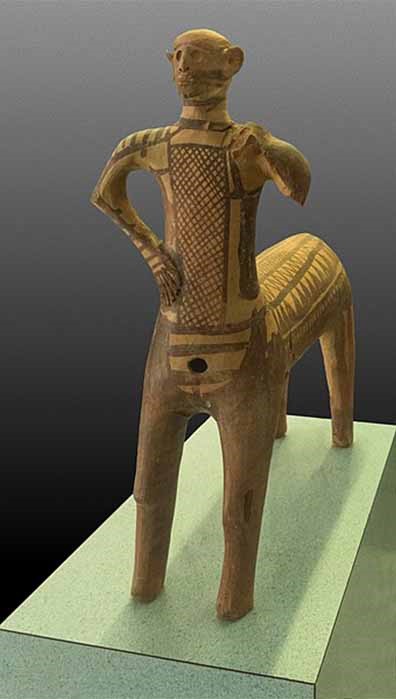
Besides setting into motion the fundamentals of democracy in Athens, and the superior military techniques advanced by the city-state of Sparta, perhaps most importantly, the early Greeks modified the Phoenician alphabet to accommodate vowels as letters. “The Greek version of the alphabet eventually formed the base of the alphabet used for English today,” opines classical world scholar, Thomas R. Martin.
As this article is written and being read, gratitude should be granted to that often disregarded and nameless civilization which helped provide the means. Their singular imagination along with a composite of accounts passed down from their forebears enabled them to build the legends that set the Greek world apart. Mixing history with mythology, it was the chronicles of the heroic past—sanctified and passed down through the generations—that ultimately gave the West the treasure known as the Homeric epics. More durable than stone and rock, the stories have survived for thousands of years and will remain intact for thousands more.
Published in Ancient Origins May 2023

Fascinating!!